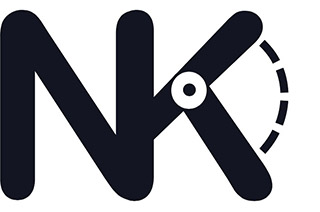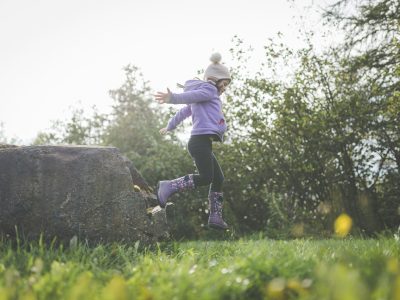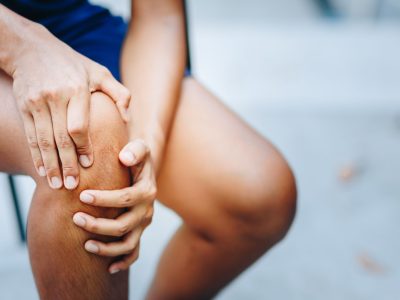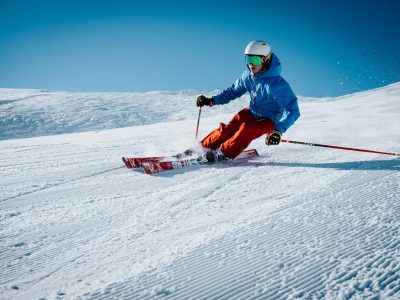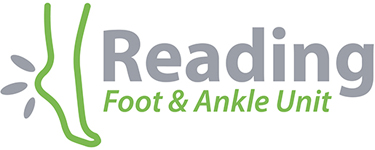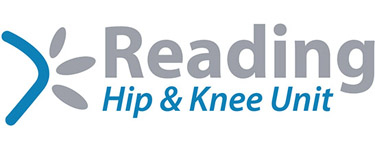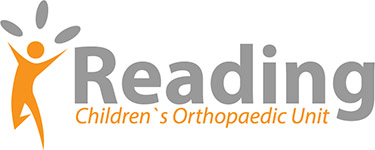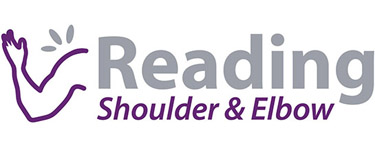Curly Toe – Information for Families
Nev Davies
Reading Childrens’s Orthopaedic Unit
Reading Foot & Ankle Unit
Information for Families – Curly Toes


What are curly toes?
This common condition is usually present at birth but can become more noticeable when your child starts walking. It tends to occur in the third, fourth and fifth toes on one or both feet. The toes curl under because the tendons that flex (bend) them are too tight and pull the toe under the next toe, curling it towards the underside of the foot.
What are the symptoms of curly toes?
The main concern is the visible curling of the toe. In most people curly toes don’t cause too many problems. Sometimes, symptoms such as hard skin, rubbing, or pain can occur as well as problems getting shoes to fit.
What causes curly toes?
We do not know exactly what causes the tendon to be tight, but it has been noted that the condition can affect several generations, which implies that it is passed on from parent to child (inherited). Some patients have a toe bone that is more of a triangular shape than a rectangular shape which can also contribute to the cause.
What is the Natural History of this condition?
If the toes remain supple and flexible, they continue to be curly but do not cause a problem. Sometimes a curly toe can become fixed as the joint capsule also becomes tighter, but there is no evidence to show this causes more problems in later life.
How can it be treated?
Stretching – In the first instance we always recommend stretching out curly toes to keep them supple. This can be done daily as part of a bedtime or bath time routine. Some doctors and physiotherapists advise taping to the adjacent toes to hold the curly toe out straight but we feel this has limited value.
The most important point is to reassure you that curly toes usually do not cause a problem.
Surgery – In a small number of cases if the toes are causing significant trouble such as ongoing painful blisters or rubbing, we offer a small operation under a general anesthetic as a day case procedure. For more detailed Information on the operation – Please see our separate patient information leaflet.
Surgery for Curly Toes
Introduction
I offer this operation (a flexor tenotomy), to children with curly toes that cause problems and for whom nonoperative treatments have failed. (See general information leaflet on curly toes.) You will also have an opportunity to discuss any further concerns with me before we go ahead either in clinic or on the morning of the operation.
What does the operation involve?
The operation is performed as a day case under a general anaesthetic so your child will be asleep. (Please also watch this YouTube video to help you prepare.) The short procedure involves releasing the tight tendon causing the toe to curl through a small scar placed in the skin crease underneath the toe. We use dissolvable stitches covered by a non-sticky dressing and then wrap the foot in a crepe bandage (see picture right).
What are the success rates?
The operation is highly successful at relieving symptoms of redness, rubbing, blisters and toe tip pain. Depending on how flexible the curly toes are and despite releasing the tight tendon, some toes do remain curly. If there are ongoing symptoms or a recurrence of symptoms which are troublesome, then a more definitive procedure to fix the toe straight can be performed later.
Are there any risks?
As with all surgery there are small risks involved, which we will discuss with you fully before you sign the consent form. For this operation, the main risks are infection and nerve injury (causing numbness of the toe). Loss of the blood supply to the toe is extremely rare and not something I have experienced.
What is the aftercare?
It is important to elevate the foot on pillows for 72 hours after the operation to help the swelling settle and to aid healing. Crutches are useful but not essential to get around, particularly at school. I see patients at 2 weeks after the operation in clinic to check the healing. Sometimes physio is helpful to strengthen the foot, ankle and calf. I would anticipate a return to sports at 4 weeks.
